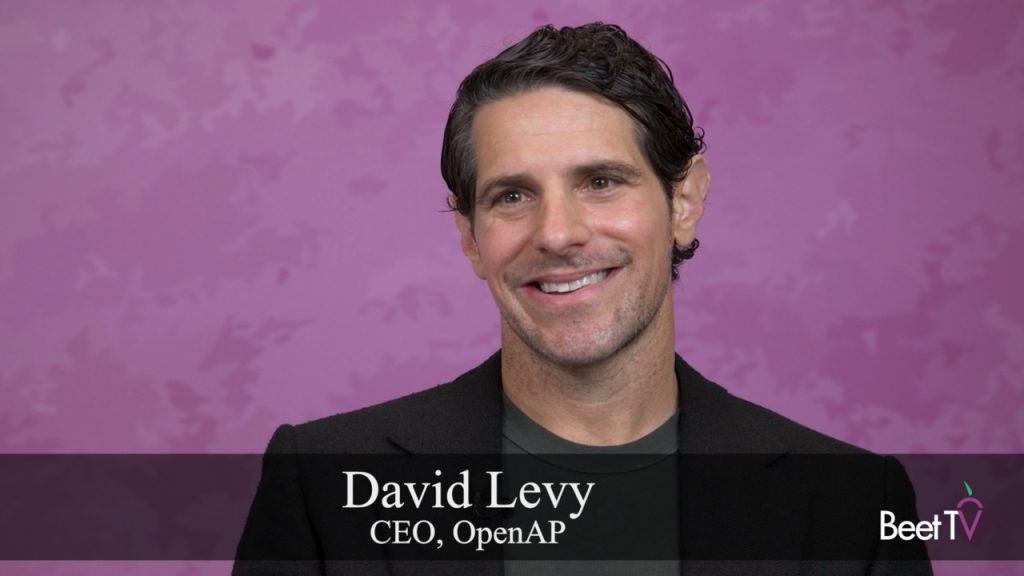BOSTON – Deprecation of third-party cookies and now Apple’s decision to make its IDFA mobile ad system opt-in by consumers will have a profound impact on how advertisers can target audiences across screens.
So how can ad buyers adapt and change tactics?
Apple is due to change its Identifier for Advertisers (IDFA), which advertisers use to identify iOS devices so they can deliver customized advertising, to a default opt-in.
In this video interview with Beet.TV, Rachel Gantz, Comscore’s GM, Activation, says the impact will be significant – but alternative approaches will be found.
Extra difficulty
“What these privacy regulations are doing is making it, frankly, more challenging to be able to deliver some of this at scale, to provide the reach that advertisers are used to,” Gantz warns.
One Forrester analyst expects 70% of iPhone users may decide not to opt in.
Apple has moved the change back from the just-released iOS 14 update to early next year.
But Beet.TV has been hearing from a collection of industry players, concerned about the development.
Apple’s IDFA Change Will Destroy Chunks Of Economy: LUMA’s Kawaja
Census continuity
Comscore’s Gantz says there are ways to build back capability, but they take investment.
For Comscore to continue providing clients the insight they need, she says there was a “need for methodologies that have multiple layers of redundancies in order to still be able to provide the census level service”.
“That’s not something that you can do on the fly,” Gantz says. It’s not something that you can wing.
“It’s something that you need years of preparing for. We’ve been preparing for this for some time.”
Privacy-first
Gantz agrees with the sentiment behind the changes. The IDFA change, like ongoing third-party cookie deprecation, follows earlier legislation which now requires explicit opt-in consent from consumers for data collection and processing.
“Most people view their mobile device really as an extension of themselves and they literally never go anywhere without it,” she says.
“They think that the personal information that gets associated with that, that’s important to them, and having more consenting control over that. That’s important to them.
“I think there’s still this common misconception that privacy compliance and having accurate effective targeting are at odds with one another. I think that premise is fundamentally flawed.
“So being able to put all of these processes in place that enable that while still delivering the value for the advertisers, that’s what it’s all going to be about for the next months and years.
Apple’s IDFA Change Will Hurt Consumers & Apps: IAB’s Mitchell
Future of identity
Amongst the alternatives mooted to third-party cookies and IDFA are first-party data, fully-authenticated users, fingerprinting, universal IDs and contextual ad targeting, the practice of matching an ad to some container content, rather than to a user.
“Contextual targeting, I think, still has this stigma in people’s head of being outdated or old,” Gantz says.
Far from it – she says the ability to combine contextual data with TV behavior data and panels in a privacy-compliant, cookie-free manner can be a win.
This video is part of Advertising in a Time of Privacy-Centricity, a Beet.TV series presented by AppsFlyer. For more videos from the series, please visit this page.




































